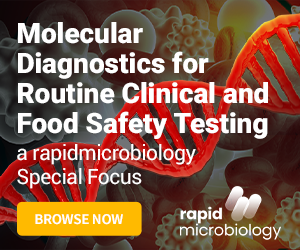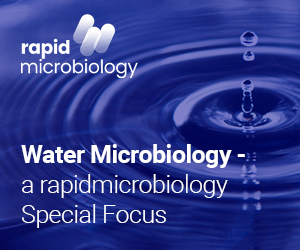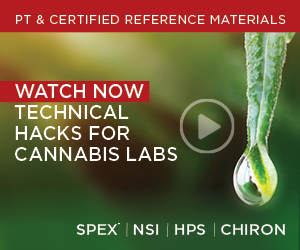Procarta Receives $9...
Bio-Rad Launches dd-...
10th October 2019 Product update: Paul Carton
Roche cobas Babesia Granted Approval by FDA
The US Food and Drug Administration (FDA) has approved the first automated nucleic acid test (NAT) that can detect all strains of the parasite Babesia in whole blood specimens from individual blood donors.
The Roche cobas Babesia test is a qualitative in vitro test which can detect DNA and RNA from all four strains of the protozoan parasite of the genus Babesia which is the most frequently reported transfusion-transmitted parasitic infection in the U.S. The parasite is transmitted by blood transfusion can cause Babesiosis; a life-threatening disease for people with a weak immune system. Blood donors can be carriers of the parasite and show no symptoms.
The cobas Babesia test runs on Roche’s fully automated cobas 6800/8800 Systems and can be performed along with routine blood screening. It employs the new whole blood collection tube, which can simplify Babesia preparation by consolidating steps within the tube itself to provide an efficient solution for testing laboratories.
Up until 2018, there had been no tests approved by the US FDA for the detection of Babesia during screening of blood specimens for blood transfusion purposes. The first test approved by the US FDA was from Oxford Immunotec and this was the Imugen Babesia microti Arrayed Fluorescent Immunoassay, which detected a strain of Babesia more common in North America in blood plasma samples. Oxford Immunotec were also the first to have their NAT approved by the FDA for their detection of Babesia microti in whole blood samples. At the time of these approvals, the FDA had not given any guidance or recommendations to the industry on how to screen blood samples from blood donors for Babesia.
In May 2019 the FDA issued the ‘Recommendations for Reducing the Risk of Transfusion-Transmitted Babesiosis’ guidance paper. The FDA recommended year-round regional NAT for blood collected in fifteen states and if NAT isn’t available an FDA approved pathogen reduction device (PRT) can be used. PRT is the preferred method of the FDA to eliminate the risk of infection, as the screening methods only mitigate the risk. However, as of yet, PRT for Babesia has yet to be approved and implemented.
Tags:
Date Published: 10th October 2019
Source article link: View
Note: This content has been edited by a rapidmicrobiology staff writer for style and content.
Procarta Receives $9.2 million in Fight
Bio-Rad Launches dd-Check STEC Solution







